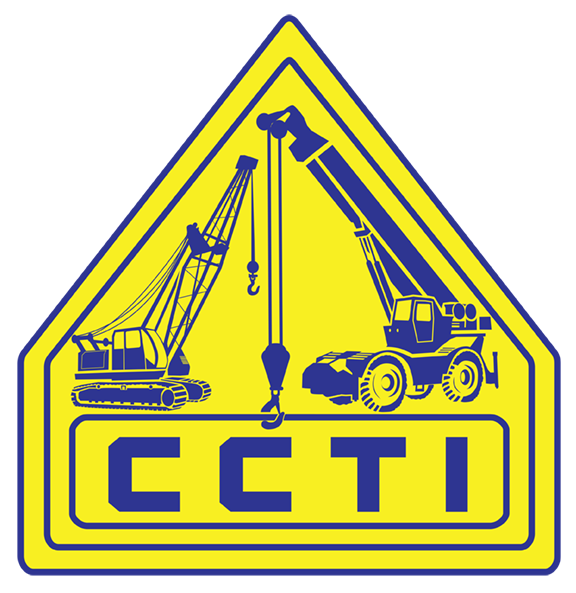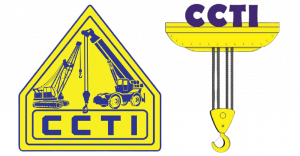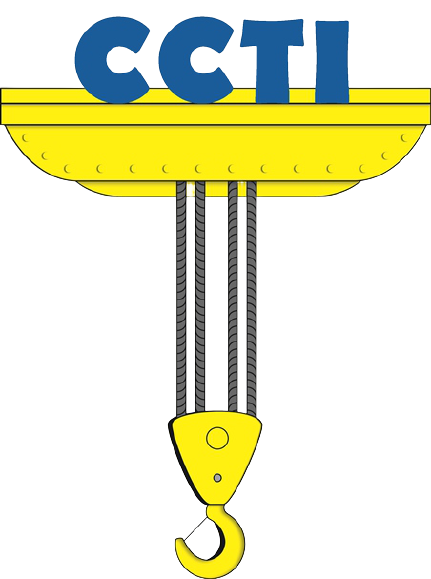New Miner training consist of 24 hours.
This course introduces participants to the broad scope of mining and is for those with little or no mining knowledge. It will provide participants with a working understanding of the various aspects of the industry.
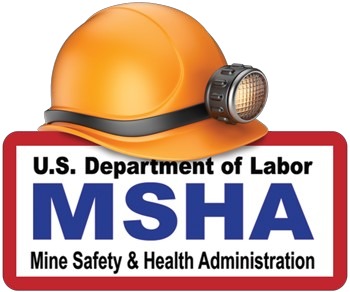 Contents:
Contents:
- Mining Terminology
- Mineral Exploration and Geology
- Description of the Different Mining Methods
- Coal Preparation and Mineral Processing Health and Safety Regulations
- Ground/Roof Control
- Ventilation and Dust Control
- Haulage and Hoisting
- Personal Protective Equipment
- Mapping
- Mine Examinations
- Electricity
- Explosives
- Industrial Hygiene
If you have been hired to work in the mining industry, you are considered a “miner” under the Federal Mine Safety and Health Act of 1977. The Mine Safety and Health Administration (MSHA) operates under the authority of this Mine Act. The United States Congress created MSHA to help reduce fatalities, injuries, and illnesses among miners in our nation’s mines through a variety of activities, including on-site mine safety and health inspections.
The miner will have knowledge of the mining processes and hazards associated with the various tasks the miner will be exposed to at this time. The new miner will be able to recognize unsafe conditions and unsafe actions in the workplace and once learned, will be able to eliminate and/or avoid such unsafe practices and conditions.
The miner will understand the company policies for working at the mine including the physical and health hazards of chemicals.
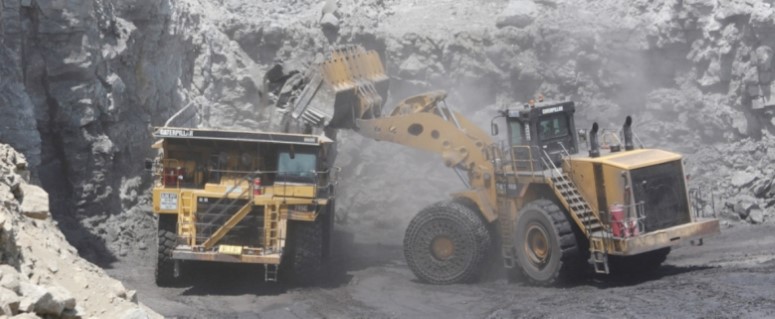
What Is a Mine?
A mine is generally any surface or underground location involved in the extraction, preparation, or processing of coal or other minerals.
Who Has Rights Under the Act?
Miners, representatives of miners, applicants for employment. All persons (including supervisors, contractors, construction or demolition workers, and truck drivers) working at a mine are “miners” and may exercise the rights given them by the Act.
What Are My Rights?
You have a right to:
- File or make a complaint of an alleged danger or safety or health violation to a Federal or State agency, a mine operator, an operator’s agent, or a miner’s representative.
- Participate in proceedings under the Act such as: testifying, assisting, or participating in any proceeding instituted under the Act, or filing a complaint with the Federal Mine Safety & Health Review Commission
- A medical evaluation or to be considered for transfer to another job location because of harmful physical agents and toxic substances. (For example: a coal miner has the right to a chest x-ray and physical
- examination for black lung disease [pneumoconiosis] and potential transfer to a less dusty position if the miner has a positive diagnosis.)
- Withdraw yourself from the mine for not having the required health and safety training.
- Refuse to work in unsafe or unhealthy conditions. NOTE: You must notify the operator of the condition and give them an opportunity to address the situation.
- Exercise any statutory rights afforded by the Act.
MSHA Refresher Miner Training (Course # MSHA-A2442Ref)
Experienced Miner Annual refresher training.
You must provide each miner with no less than 8 hours of annual refresher training:
- No later than 12 months after the miner begins work at the mine.
- Thereafter, no later than 12 months after the previous annual refresher training was completed.
- The refresher training must include instruction on changes at the mine that could adversely affect the miner’s health or safety.
Refresher training must also address other health and safety subjects that are relevant to mining operations at the mine. Recommended subjects include, but are not limited to: applicable health and safety requirements, including mandatory health and safety standards; information about the physical and health hazards of chemicals in the miner’s work area, the protective measures a miner can take against these hazards, and the contents of the mine’s HazCom program; transportation controls and communication systems; escape and emergency evacuation plans, fire warning, and firefighting; ground conditions and control; traffic patterns and control; working in areas of highwalls; water hazards, pits, and spoil banks; illumination and night work; first aid; electrical hazards; prevention of accidents; health; explosives; and respiratory devices.
Training is also recommended on the hazards associated with the equipment that has accounted for the most fatalities and serious injuries at the mines covered by this rule, including: mobile equipment (haulage and service trucks, front-end loaders, and tractors); conveyor systems; cranes; crushers; excavators; and dredges.
Other recommended subjects include: maintenance and repair (use of hand tools and welding equipment); material handling; fall prevention and protection; and working around moving objects (machine guarding).
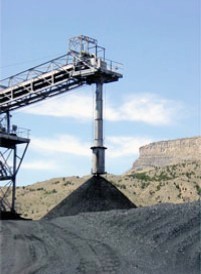 The mining industry fulfills the important function of providing society’s raw materials.
The mining industry fulfills the important function of providing society’s raw materials. 